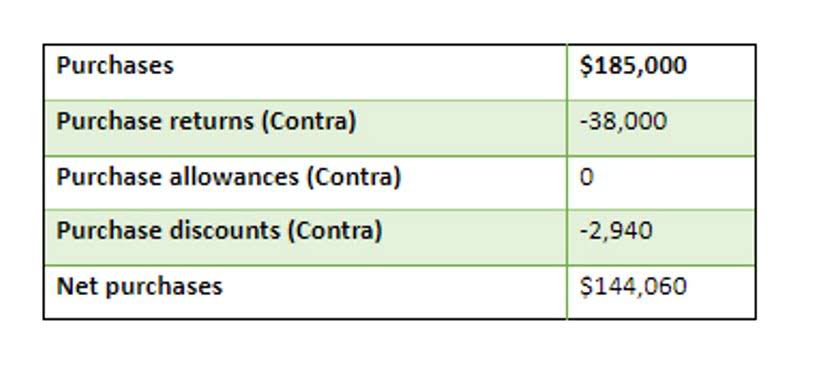
By using this method, you can easily calculate total manufacturing costs for any production process. A break-even analysis is a point in which total cost and total revenue are equal. This point analysis can be used to determine the number of units or dollars of revenue necessary to cover total costs – both fixed and variable. To https://www.bookstime.com/articles/adp-run calculate this number, you need to understand and calculate both your fixed costs and variable cost per unit. Items designated as direct materials are usually listed in the bill of materials file for a product. Factory overhead is the costs incurred during the manufacturing process, not including the costs of direct labor and direct materials.

Types of Operating Costs
To find the total manufacturing cost, you must calculate the total wages paid to direct labor during a specific period. Yes, period costs are typically considered fixed costs because they do not vary directly with production levels. Yes, period costs can fluctuate, but they generally remain more stable than product costs, as they are not directly linked to the production volume. Period costs are a subset of operating costs, specifically those expenses that are expensed in the current accounting period. Operating costs, on the other hand, include both period and capital costs.

Identify Raw Materials Used
- To calculate total manufacturing costs, you must first sum up all the direct materials used in production.
- However, if the company fails to sell all the inventory manufactured in that year, there would be poor matching between revenues and expenses on the income statement.
- By understanding the difference between product costs and period costs, you can better manage your business’s finances and make informed decisions about how to allocate resources.
- Operating costs can be subtracted from revenues to determine a company’s profits over time.
- Print advertising expenses include costs related to placing advertisements in newspapers, magazines, trade publications, and direct mail campaigns.
- They continue to grow, forcing the business to bear them regardless of profit or loss.
However, like fixed costs, they still exist even when production is zero. The average cost is the cost per unit of producing a certain quantity. In accounting terms, we divide the sum of variable costs and fixed costs by the volume of goods produced. To begin a realistic saving plan, business leaders need to study the company’s spending patterns. Businesses costs can be broadly classified into fixed and variable costs. The cost function formula calculator helps businesses track expenses.
Are all business expenses period costs?
Fixed costs are output-independent, and the dollar amount incurred remains around a certain level regardless of changes in production volume. If a selling, general and administrative (SG&A) expense is prepaid, the prepaid portion will be reported as a current retained earnings asset. When the prepaid expense expires, it will move to the income statement and become part of that period’s SG&A expenses.
The special identification method uses the specific cost of each unit of merchandise (also called inventory or goods) to calculate the ending inventory and COGS for each period. In this method, a business knows precisely which item was how to find total period cost sold and the exact cost. Further, this method is typically used in industries that sell unique items like cars, real estate, and rare and precious jewels. Here’s how to use this formula in action when determining your organization’s total variable cost.

How to define a good retention metric for your product
Operating costs can be further subdivided into fixed and variable costs, as well as semi-variable or semi-fixed costs. These divisions reflect how expenses change when a business’s sales or productivity changes. Unlike variable costs, which are subject to fluctuations depending on production output, there is no or minimal correlation between output and total fixed costs. By calculating your total period costs, you can identify which non-production areas are consuming the most financial resources.
